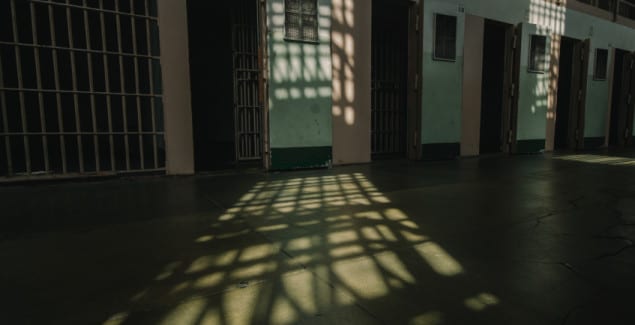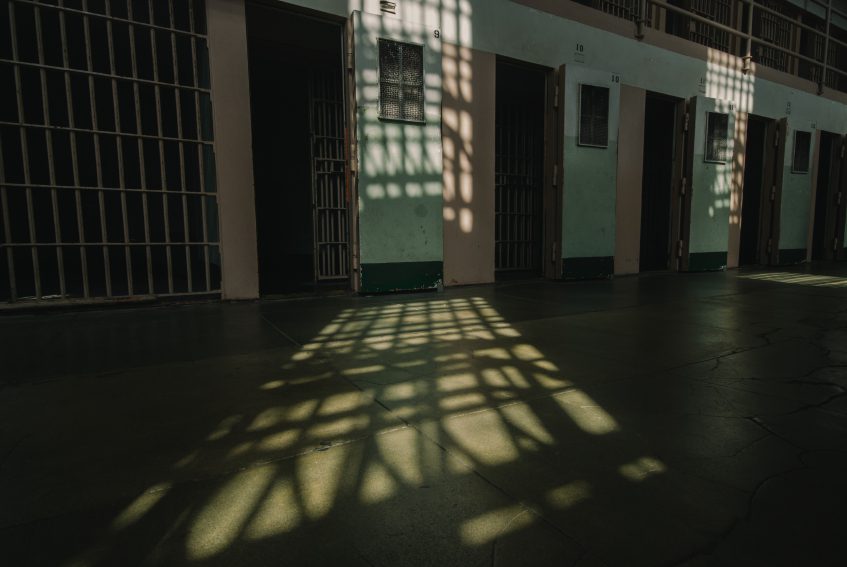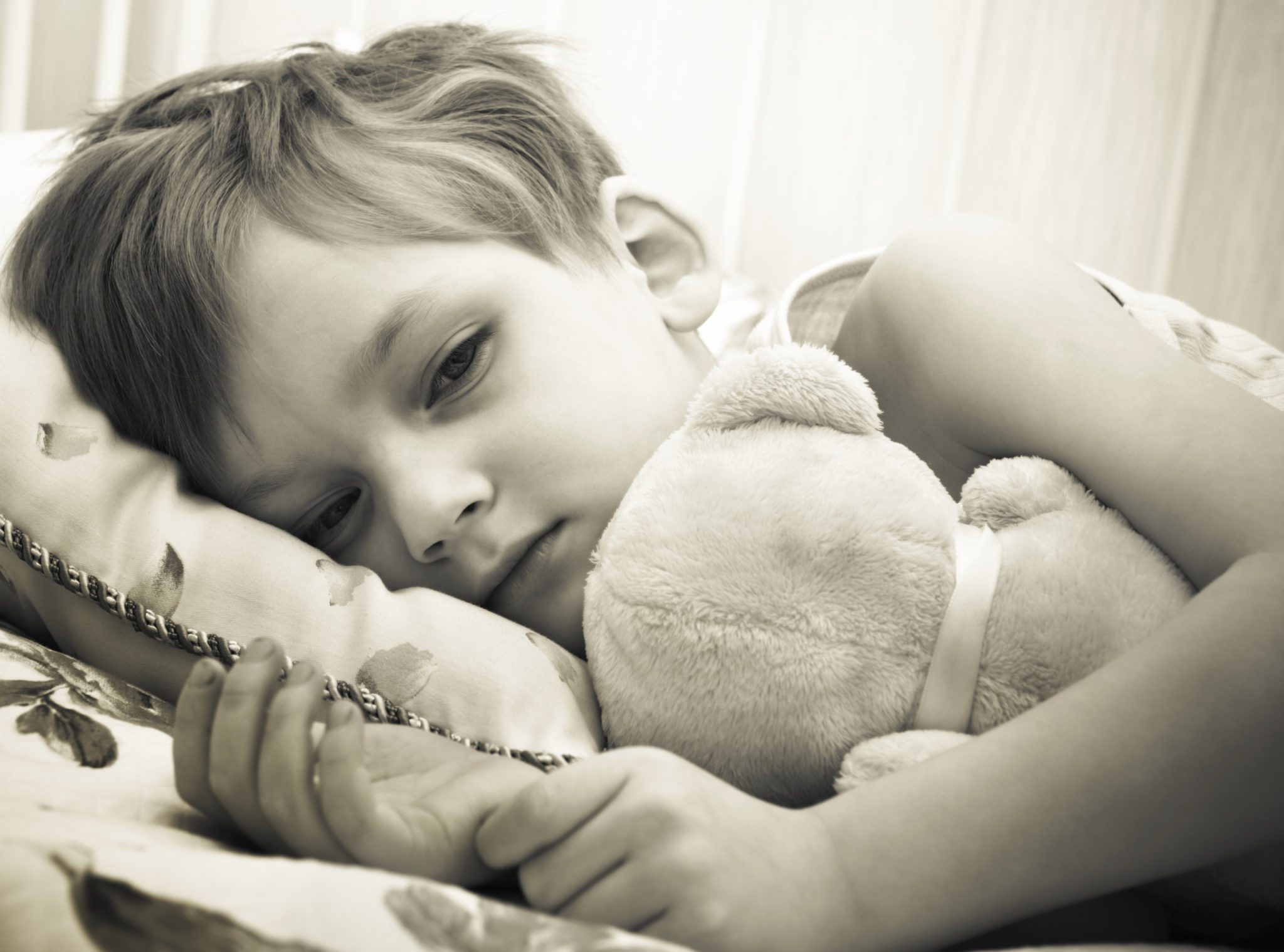Bad To The Bone: Seven Myths About Juveniles In Jail

Posted in: Hot Topics, Podcast, You & Your Family
Topics: Hot Topics
Intro music written and performed by Dr. Gene Beresin.
Outro music performed by Dr. Gene Beresin.
***
Bad To The Bone: Seven Myths About Juveniles In Jail
Judith Edersheim, J.D., M.D. and Robert Kinscherff, Ph.D., J.D.
The average adolescent brain is quite different from the average adult brain, and the neuroscience that tracks these differences is making a real impact on how we treat kids who come into contact with the legal system. What the new brain science shows is that adolescents have cognitive or intellectual capacities that far outpace their emotional and social maturity; these differences make them more impulsive, more thrill-seeking and less able to envision the consequences of their own behavior. They are often described as “mighty engines with unreliable brakes.” Why does this matter? Because when we combine this new knowledge about juvenile brains with years of research on adolescent crime, we have a powerful new way to intervene—a way to transform the trajectory from cradle to jail, into from cradle to college. That pathway requires debunking some persistent myths that stand in the way of juvenile justice reform:
- Old enough to do the crime, old enough to do the time. The U.S. Supreme Court in Roper v. Simmons (2005) relied upon developmental neuroscience in barring the execution of juveniles for capital crimes committed under the age of 18. The Court reasoned that if the death penalty is reserved as punishment for the most heinous crimes committed by the most morally culpable perpetrators, that youth under age 18 were—as some have described it—“less guilty by virtue of adolescence” due to their neurodevelopmental and social immaturity. The Court relied upon the same reasoning in Miller v. Alabama (2012) in barring mandatory schemes of “life without possibility of parole” for capital crimes committed by youth under age 18. The Court held that before a juvenile could be sentenced to life without possibility of parole that a sentencing hearing was required to look at factors such as the youth’s immaturity, family circumstances and role in the crime. Research has also found that even for less serious crimes, incarceration of youth for more than a handful of months—even within juvenile incarceration facilities—actually increases the risk of repeat offenses and of new crimes against persons since the vast majority of youth will eventually be returned to their communities. “Old enough to do the crime, old enough to do the time” is a powerful slogan or bumper sticker, but it’s a terrible public policy if the goal is to reduce victimization in our communities.
- Once a bad kid, always a bad kid. Nothing could be further from the truth. The neuroscience and social science align perfectly to debunk this myth. When exposed to average experiences in the community—schools, homes, concerned adults, non-criminal peers—approximately 90% of law-breaking youths spontaneously desist. They just stop. Why? The brain science offers some clues, and the social science offers some insights. As adolescent brains mature, they acquire more adult-like modulation—the ability to postpone gratification, to think clearly about future consequences, to resist thrills and attractions. The social science tells us that when teenagers develop a greater stake in society—with relationships, jobs and homes—they also buy in to the prevailing norms of good citizenship. So, left to their own devices, almost all bad kids become good adults.
- Jail teaches those kids a lesson. True. Jail teaches them a lesson, and they seem to learn it frighteningly well. In adult jails, teenagers are exposed to a set of environmental inputs that appear to change both the architecture of their frontal lobes, and their future behavior. Adolescents are neurologic sponges for their environments, and those environments, if toxic, may permanently alter the trajectory of brain maturity. The chronic stress, physical and sexual assaults, isolation and educational deprivation they experience in adult prisons increases the likelihood that they will become repeat offenders, and even more concerning, that they will become violent repeat offenders. Juveniles held in adult facilities are somewhere between 20 to 30 times more likely to relapse than youths held in juvenile facilities. Far from learning the error of their ways, adult jail teaches them that there isn’t any other way. That lesson appears to result in higher rates of recidivist violent crime.
- I was a good kid, my kids are good kids, and these kids chose to be bad. Yes, you probably were a good kid, and the same is likely true of your children. But, children who penetrate deeply into the justice system are not average children—they are especially vulnerable children. They are disproportionately poor and of color. They are much more likely to have intellectual disabilities, learning disorders and mental illnesses. In a group of “average” adolescents, around 20% will meet criteria for one or more psychiatric disorders. However, for kids deeply involved with the criminal justice system, that number climbs to 60%. Most of these teens have been exposed to multiple childhood adversities, including poverty, family and community violence, parental incarceration, deaths or injuries of family members and peers, parental substance abuse and mental illness, and neglect and/or abuse. To be sure, there is individual choice involved in committing a crime, and most vulnerable children do not end up in juvenile justice facilities, but let us not deceive ourselves. There is nothing level about the playing field that lands many of these teenagers behind bars—particularly when race intersects with poverty in the so-called “Cradle to Prison Pipeline.”
- There were plenty of other options in the community besides crime. Here is what we know: the quantity and quality of community resources—the available and accessible options—vary widely from setting to setting. We also know that participation in sports, academic projects, and other extracurricular or school-based activities generally helps even the highest risk youth in the community avoid court involvement. Most youth who have chronically engaged in violent misconduct during mid-adolescence will desist as they enter their early 20s—especially if they have access to meaningful activities and relationships in their communities that support pro-social decision making and behavior. But, not all communities have sufficient opportunities that are readily accessible to youth—jobs, paying and non-paying internships, educational and vocational opportunities. Additionally, youth who have had contact with the juvenile justice system (even as first-time offenders with a “low level” crime like shoplifting) often find that their court involvement limits their ability to access these opportunities. This, of course, is counter-productive public policy, since engagement in positive and developmentally normalizing activities is the usual pathway to healthy development through adolescence and early young adulthood.
- Their homes are so bad, jail is better. Most adolescents in the U.S. who are incarcerated in locked facilities are in juvenile justice facilities, with a smaller number sentenced to adult prisons. These youth are disproportionately minorities who have experienced significant childhood adversities (e.g., childhood maltreatment, exposure to family violence, parental incarceration, exposures to community violence), and who come from families that are deeply impoverished and challenged by substance abuse and mental disorders. Yet, even these stressors pale in comparison to what a vulnerable teenager experiences in an adult jail. Teenagers are chronically isolated and threatened in adult jails. They are placed in solitary confinement or segregation to protect them from predatory adults. Despite this protection, they are frequently the targets of sexual and physical assaults, and have suicide rates that are 36 times higher than the adults in the same facilities. All this occurs at a time when their brains are rapidly developing, and when they’re being steeped in just those stressors that are toxic to neurodevelopment: diminished learning opportunities, deprivation, violence, exposure to antisocial adults, and limited opportunities for social skill development. The bottom line? Teenagers are neurologic sponges for their environments, and if these environments are toxic, they may permanently alter the trajectory of brain development.
- Juvenile jail is worse than adult jail because they just learn from each other. Nope, also not true. Teenagers placed in juvenile justice settings rather than adult prisons do far better in the long-run, showing lower rates of repeat offending and higher rates of pro-social involvements. Why? Look no further than the Massachusetts Department of Youth Services (DYS), a model agency for the rehabilitation of juvenile offenders. Using evidence-based interventions, Massachusetts DYS has created a comprehensive treatment pipeline from secure residential treatment all the way to community-based support teams. It offers programs specifically designed to address the very problems these kids face: educational difficulties, emotional volatility, substance use issues and mental health needs. By incorporating the best psychological and neuroscience evidence into their planning, DYS has managed to minimize exposure to delinquent peers, minimize punitive confinement measures and support education and employment initiatives. The proof? A sure and steady drop in the repeat offender rate, and an increase in the demand for voluntary DYS services after the teens have been officially discharged.
The new neuroscience of the adolescent brain, when combined with fifty years of psychological data on how and why kids are different, now offers a new way to interrupt the cradle to jail pipeline. It’s time to use what we know—not to be tough or soft on crime…but rather, to finally be smart on crime.


 Share
Share Tweet
Tweet







